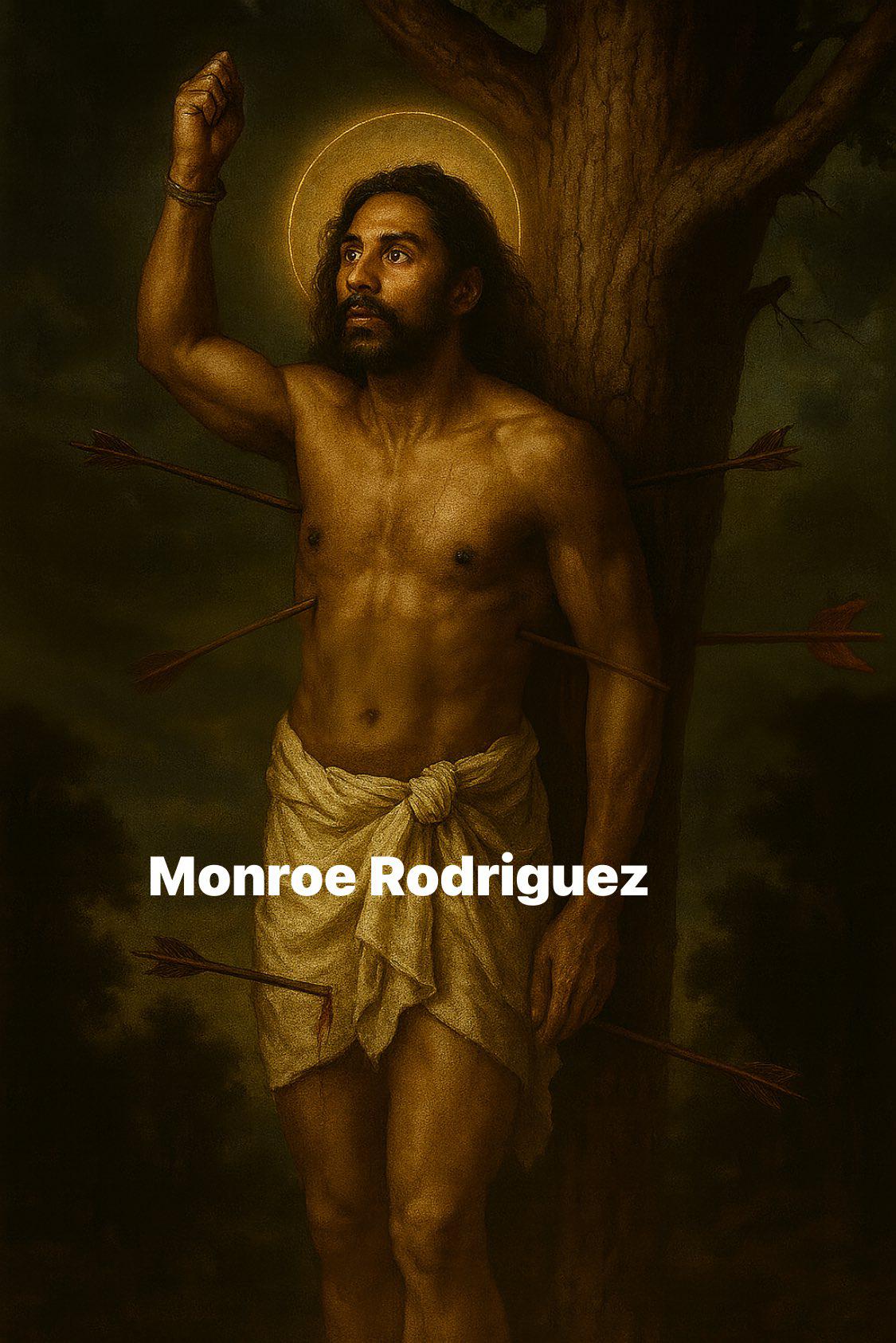
The Martyr Who Wouldn’t Die Quietly
Saint Sebastian isn’t the soft, serene figure you see in Renaissance paintings.
He wasn’t just beautiful—he was bold.
He wasn’t just pierced—he was provocative.
And he didn’t just die for Christ—he stood up after dying once already.
This isn’t just a story of martyrdom.
It’s a story of defiance, resilience, and rising again even when the arrows are still in your flesh.
A Soldier in the Emperor’s Army—But God's Man All Along
Sebastian served as a captain in the elite Praetorian Guard under Emperor Diocletian in 3rd century Rome. Outwardly, he was loyal. But inwardly, he was a secret Christian, using his position to protect persecuted believers and convert others in secret.
Eventually, his faith was discovered. The emperor, feeling betrayed, ordered his execution.
But the method was not the usual swift beheading.
Sebastian was stripped, tied to a tree, and used for target practice. Arrows pierced his body like needles through cloth. He was left for dead.
But That Wasn’t the End
A Christian woman named Irene found him still alive, barely breathing.
She nursed him back to health.
Most people would’ve fled. Laid low. Hidden.
Not Sebastian.
He walked back into the imperial court—wounded, resurrected, unafraid—and denounced the emperor for his crimes against Christians.
This time, Diocletian made sure he died.
He was clubbed to death, and his body dumped in the sewers.
And even in death, he defied decay—his body was recovered, and his legacy grew louder than Rome itself.
What Does Saint Sebastian Represent?
- Courage under persecution
- Refusal to stay silent
- The beauty and fragility of the human body
- Spiritual resurrection and second chances
- Protection from plague and disease (During the Black Death, he was invoked as a protector—his arrows became symbols of both harm and healing)
Sebastian is the saint of those who suffer beautifully but refuse to break.
He’s for:
- Fighters of injustice
- LGBTQ+ communities who’ve reimagined him as a queer icon of sacred suffering
- Artists who see in him the fusion of pain and grace
- Spiritual warriors who know resurrection is a decision, not just a miracle
Saint Sebastian Today
In art, he’s often depicted as androgynously beautiful, tied to a post or tree, body pierced but face serene.
But don’t mistake that serenity for surrender.
Saint Sebastian wasn’t passive. He was fierce in his silence, defiant in his gaze, and unapologetically loyal to his God, his people, and his truth.
In a world obsessed with image, Sebastian reminds us that the body is both a battlefield and a temple.
In a world addicted to comfort, he teaches us how to bleed for something real.
Final Reflection: The Saint Who Would Not Stay Down
Sebastian’s story isn’t just about death.
It’s about what you do after the world tries to kill you.
He was pierced, humiliated, cast out—and he rose up again to speak truth with what breath he had left.
When you feel silenced, exiled, or broken—remember Sebastian.
He didn’t beg. He didn’t run.
He stood, knowing full well it could cost him everything.
And it did.
But in that loss, he became immortal.
